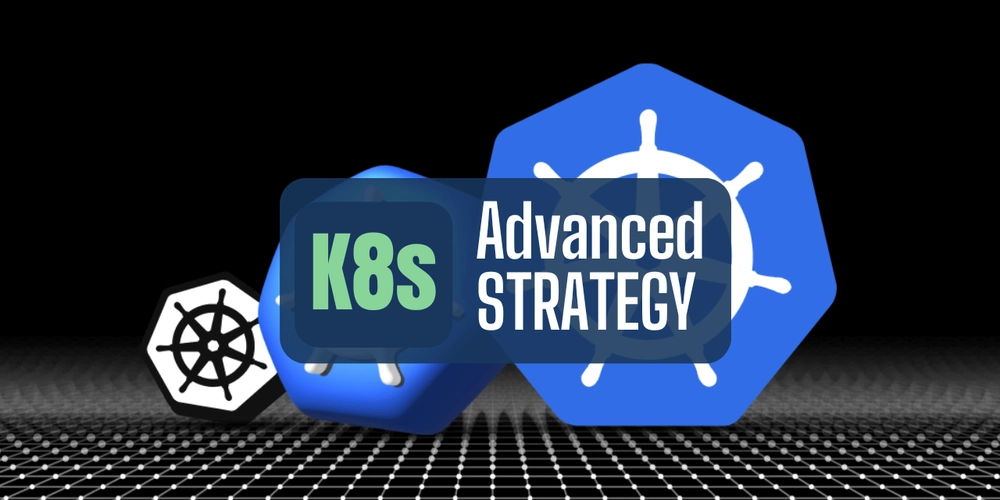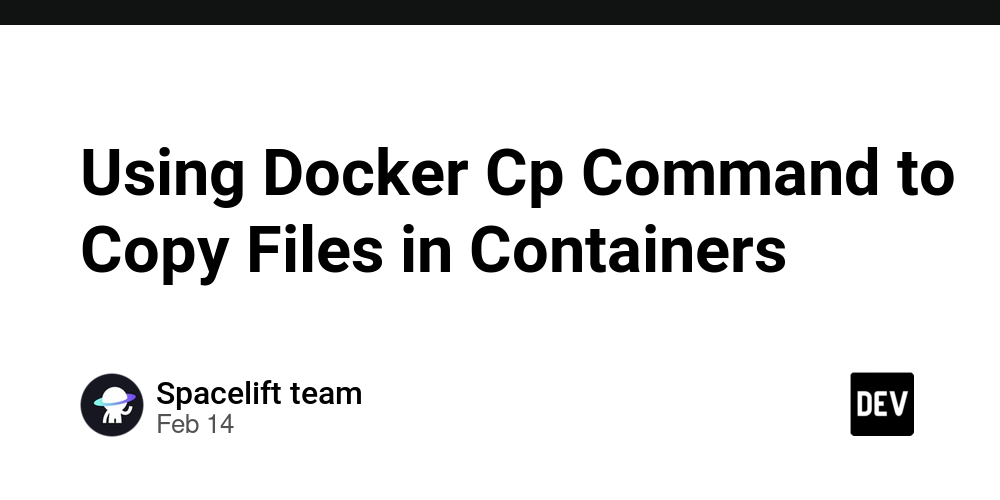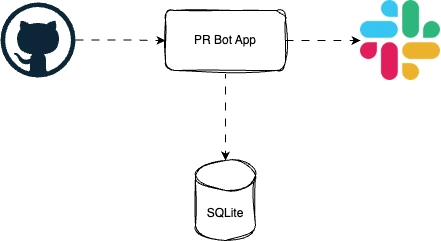Mastering Kubernetes: Become a Pro in K8s Deployments
Kubernetes is a game-changer for managing containerized applications, but mastering it requires more than just knowing a few kubectl commands. If you're running Kubernetes in production, you need to dive deep into performance optimization, troubleshooting, security hardening, and real-world operational best practices. This guide is for Devs, DevOps, and SREs who want to go beyond the basics and truly master Kubernetes. We'll explore advanced topics with practical insights you can use right away. Let's level up your Kubernetes game! 1. Optimizing Kubernetes for High Performance Running Kubernetes in production isn’t just about getting your applications up and running—it’s about ensuring they perform at their best, even under heavy load. Performance optimization is critical to avoid bottlenecks, reduce costs, and deliver a seamless user experience. Let’s dive into the strategies that will help you fine-tune your Kubernetes cluster for peak performance. 1.1 Fine-Tuning Resource Requests and Limits Misconfigured resource requests and limits are one of the most common causes of performance issues in Kubernetes. Without proper configuration, your pods might either starve for resources or hog them, leading to OOMKilled pods, CPU throttling, or even node failures. Here’s how to get it right: Requests: Define the minimum resources (CPU and memory) a pod needs to run. Kubernetes uses this to schedule pods on nodes with sufficient capacity. Limits: Define the maximum resources a pod can consume. Exceeding these limits can result in the pod being terminated or throttled.

Kubernetes is a game-changer for managing containerized applications, but mastering it requires more than just knowing a few kubectl commands. If you're running Kubernetes in production, you need to dive deep into performance optimization, troubleshooting, security hardening, and real-world operational best practices.
This guide is for Devs, DevOps, and SREs who want to go beyond the basics and truly master Kubernetes. We'll explore advanced topics with practical insights you can use right away. Let's level up your Kubernetes game!
1. Optimizing Kubernetes for High Performance
Running Kubernetes in production isn’t just about getting your applications up and running—it’s about ensuring they perform at their best, even under heavy load. Performance optimization is critical to avoid bottlenecks, reduce costs, and deliver a seamless user experience. Let’s dive into the strategies that will help you fine-tune your Kubernetes cluster for peak performance.
1.1 Fine-Tuning Resource Requests and Limits
Misconfigured resource requests and limits are one of the most common causes of performance issues in Kubernetes. Without proper configuration, your pods might either starve for resources or hog them, leading to OOMKilled pods, CPU throttling, or even node failures. Here’s how to get it right:
- Requests: Define the minimum resources (CPU and memory) a pod needs to run. Kubernetes uses this to schedule pods on nodes with sufficient capacity.
- Limits: Define the maximum resources a pod can consume. Exceeding these limits can result in the pod being terminated or throttled.











































































































































































![[The AI Show Episode 142]: ChatGPT’s New Image Generator, Studio Ghibli Craze and Backlash, Gemini 2.5, OpenAI Academy, 4o Updates, Vibe Marketing & xAI Acquires X](https://www.marketingaiinstitute.com/hubfs/ep%20142%20cover.png)




























































































































![[DEALS] The Premium Learn to Code Certification Bundle (97% off) & Other Deals Up To 98% Off – Offers End Soon!](https://www.javacodegeeks.com/wp-content/uploads/2012/12/jcg-logo.jpg)


![From drop-out to software architect with Jason Lengstorf [Podcast #167]](https://cdn.hashnode.com/res/hashnode/image/upload/v1743796461357/f3d19cd7-e6f5-4d7c-8bfc-eb974bc8da68.png?#)








































































































.png?#)

































_Christophe_Coat_Alamy.jpg?#)
 (1).webp?#)





































































































![Apple Considers Delaying Smart Home Hub Until 2026 [Gurman]](https://www.iclarified.com/images/news/96946/96946/96946-640.jpg)
![iPhone 17 Pro Won't Feature Two-Toned Back [Gurman]](https://www.iclarified.com/images/news/96944/96944/96944-640.jpg)
![Tariffs Threaten Apple's $999 iPhone Price Point in the U.S. [Gurman]](https://www.iclarified.com/images/news/96943/96943/96943-640.jpg)




































































































































